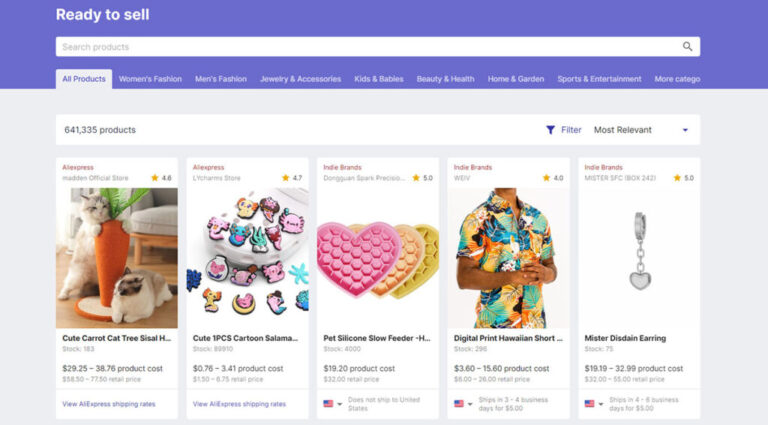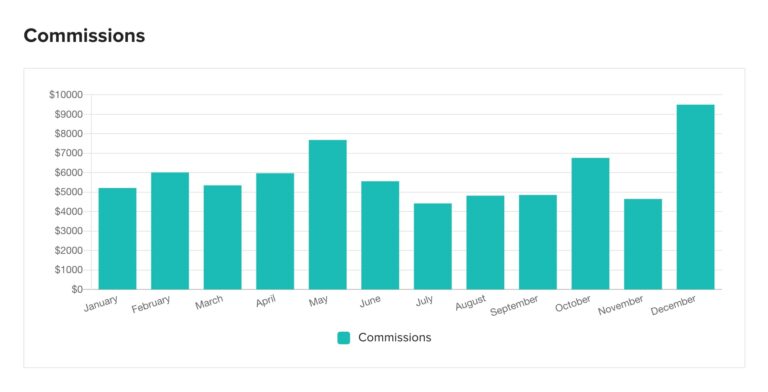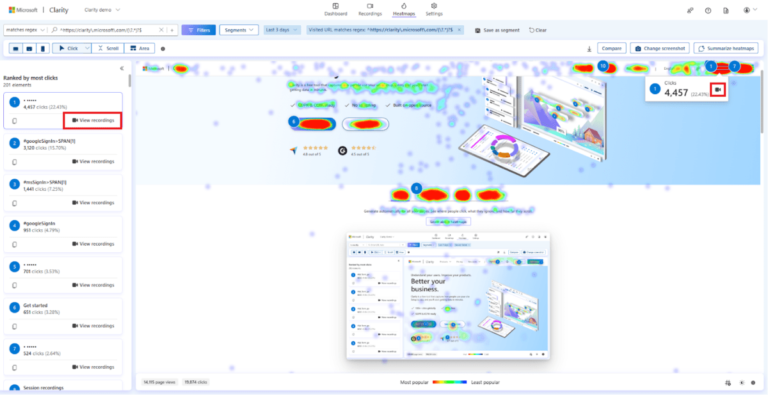Looking at how a third-party logistics provider (3PL) can improve returns management is a crucial discussion for ecommerce businesses.
Did you know apart from handling shipping and warehouse management, a competent 3PL can help streamline and optimize your returns process, too? For a more in-depth understanding, click here to explore how 3PL works and how it can add immense value to your ecommerce operations.
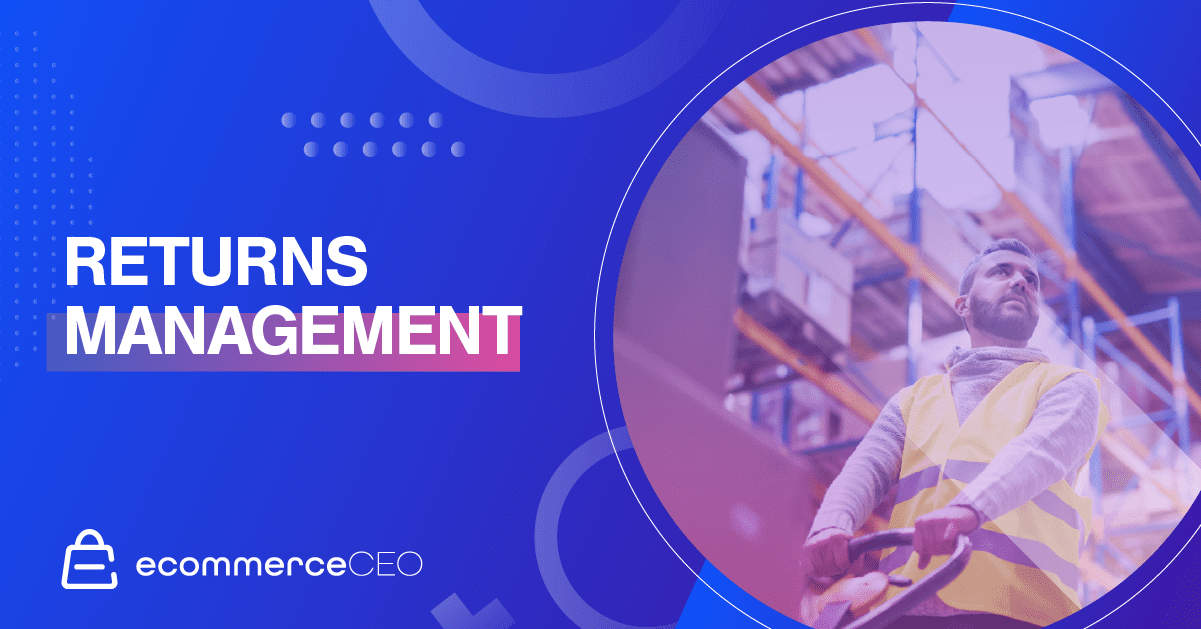
92% of customers consider rebuying from a brand if it offers an easy return process. Additionally, Invesp adds that 67% of customers check the returns policy page before buying from a brand.
As an ecommerce owner, if you fail to offer a seamless return process, you are losing 92% of the customers willing to buy from you again. In today’s dynamic world of ecommerce, customer satisfaction is not just about good quality products but also efficient returns management.
With processing returns paramount, more and more ecommerce owners are partnering with a third-party logistics (3PL) provider to make this intricate process seamless. If you own an ecommerce business, let’s explore what challenges of returns management you might face and how a 3PL can be the key to unlocking a seamless returns experience.
What is Returns Management?
The complete process of handling the returns, including receiving, inspecting, and processing the refund for the products, is known as returns management. It encompasses all the activities involved in dealing with returned goods, from when a customer initiates a return to the final step of refund processing.
Difference Between Reverse Logistics and Returns Management
We often use the terms “reverse logistics” and “returns management” interchangeably, but they refer to distinct processes within the supply chain.
Here’s a quick overview of how the two processes are different:
| Returns Management | Reverse Logistics |
|---|---|
| It encompasses the entire process of handling returned goods. | It refers to all activities related to the reverse flow of goods in the supply chain. |
| Involves activities such as processing return requests, inspecting returned items, updating inventory, and determining the final disposition of the product. | This includes returns management but extends to activities like remanufacturing recycling and the movement of goods from the end consumer back to the manufacturer or another destination. |
Hence, returns management is a subset of reverse logistics, specifically focusing on handling returned products and their impact on inventory and customer satisfaction.
Understanding the Reverse Logistics Process
Reverse Logistics plays a crucial role in Return Management, driving the product journey from customer to supplier. At the heart of this process is the interaction between the customer and 3PLs on returns.
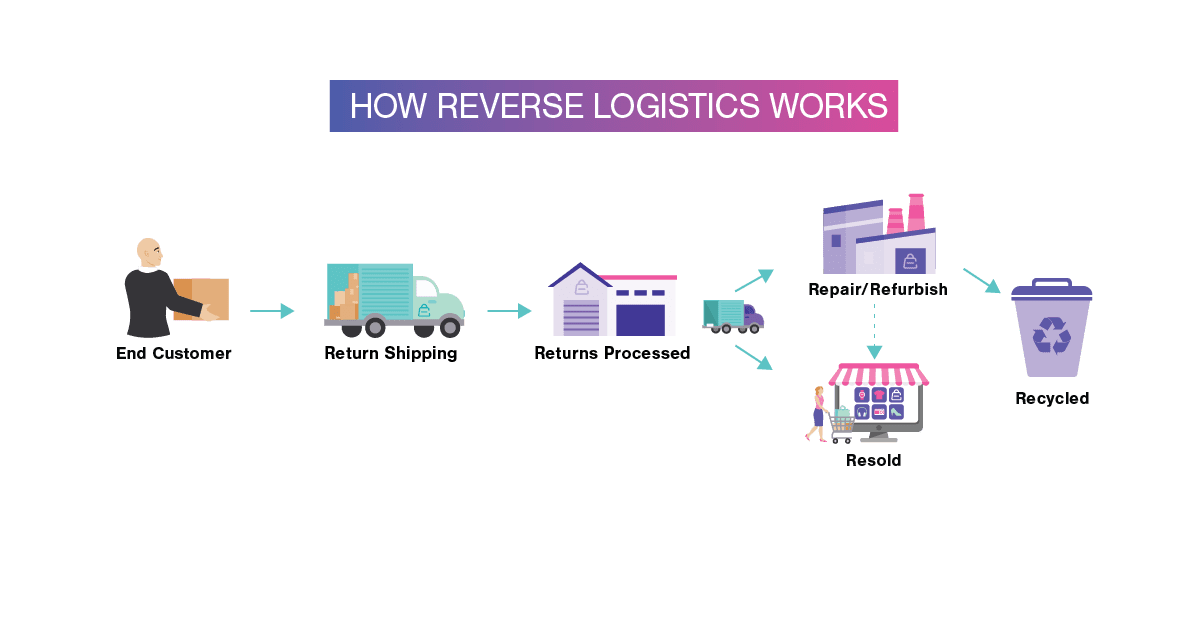
Initially, a dissatisfied customer initiates a return, dependent on the seller’s policies. Once accepted, 3PLs run a process known as return merchandise authorization (RAM), where customer details are verified, and a shipping label is created for the return.
The next phase involves the returned product’s shipping, aided with clear instructions from the 3PL to the customer. Once received, the 3PL conducts a thorough inspection to determine the returned product’s condition and subsequent fate. They categorize the items as like-new, damaged, or defective. Depending on their condition, these items may be restocked, refurbished, or recycled.
Lastly, the 3PL processes the customer’s refund. Utilizing automated systems can speed up this process, making it more efficient and customer-friendly.
For an even deeper understanding of the Reverse Logistics process, consider exploring – Learn More About Reverse Logistics.
KPIs For Managing Returns
Here’s a quick overview of key metrics that can help you make your return management process more efficient:
Return Rate
The Return Rate is the percentage of products returned to products sold. Monitoring this metric helps you identify trends, improve product quality, and enhance overall customer satisfaction.
Return Processing Time
Return Processing Time measures how quickly a returned item completes the entire returns process. This includes receiving the product, inspecting, categorizing, and processing refunds to the customer. Shorter processing times signify efficiency, positively impacting customer satisfaction and loyalty.
Return Value
The revenue generated by reselling the returned products is known as return value. One must consider factors like product price, shipping costs, and associated expenses. Analyzing return value trends guides strategic decision-making to mitigate losses and improve profitability.
Return Feedback
Return Feedback captures customer insights on return experiences, reasons for returns, and overall satisfaction. Using this data helps you refine your returns process, addressing pain points and aligning with customer expectations for continuous improvement.
The Challenges of Returns in Ecommerce
In a report by Insider Intelligence, the year 2022 marked the retail return sum to be $613.94 billion, which was 8.6% of the total year sales. The prediction for 2023 was 2% higher(the exact numbers not being published). Returns in ecommerce have always been inevitable, and managing them effectively is a significant challenge.

Here’s a brief rundown of key challenges faced in processing returns effectively by ecommerce businesses:
- Logistics and Transportation: Coordinating the logistics of returned items can be a logistical puzzle involving transportation, packaging, and tracking.
- Inventory Management: Keeping track of returned items, assessing their condition, and updating inventory in real time requires precision and efficiency.
- Customer Experience: Providing a positive returns experience is crucial for customer retention. Delays, unclear policies, or cumbersome processes can damage your brand reputation.
- Cost Management: Returns can be costly, from shipping fees to restocking expenses. Minimizing these costs while maintaining service quality is a balancing act.
Customers demand a hassle-free and swift returns experience, and any friction in the process can lead to dissatisfaction and loss of trust.
The Role of 3PL in The Ecommerce Returns Process
Engaging a 3PL service is an investment that every business owner involved in ecommerce should consider. The costs associated with implementing a 3PL service can vary widely, depending on the specific needs of your business. These might include a range of services, such as transportation, warehousing, distribution, and returns management.
On average, the monthly cost of a 3PL service might range from a few thousand to tens of thousands of dollars. This primarily depends on factors like the volume of goods, transport distances, and the intensity of services required. Some companies might find this intimidating, especially smaller businesses with tight budgets. Yet, it’s crucial to view this expenditure as invaluable to your business rather than a burden.
Outsourcing your fulfillment process can
- Efficient Reverse Logistics: As 3PLs specialize in logistics and transportation, they manage the reverse flow of goods exceptionally. While you can focus on your online platform and product manufacturing, the right 3PL partner will handle the entire process, from collecting returned items to transporting them back to the warehouse.
- Optimized Inventory Management: Right 3PLs employ advanced inventory management platforms to track returned items accurately. This ensures that returned products are quickly assessed, restocked, or processed for refurbishment, minimizing the impact on inventory levels.
- Enhanced Customer Experience: Real-time tracking, clear communication, and efficient refund processing are the pillars of customer satisfaction regarding returns management. A reliable 3PL partner will always focus on optimizing your returns management, resulting in improved customer experience.
- Cost-Saving Solutions: Outsourcing returns management to a 3PL can directly impact your cost savings. They leverage their network and resources to optimize transportation costs, reduce processing times, and minimize restocking expenses.
- Scalability and Flexibility: As your ecommerce business grows, a 3PL can adapt to the changing demands of returns management. They offer scalability and flexibility to handle fluctuations in return volumes without compromising efficiency.
Ultimately, investing in a 3PL service for returns management can offer excellent ROI if done right, adding value on multiple fronts from cost savings to customer experience. Hence, the costs involved in 3PL services are not just an expense—they’re an investment in your business’ future growth and success.
What Rules should you be aware of Regarding Returned Goods as a Business Owner?
As per federal laws in the United States and Canada, there is no obligation for business owners to accept the returned products. However, to offer a good customer experience, having a return policy in place will definitely impact your
Here is a quick overview of all the rules you must know while setting a return policy and returned goods:
Writing the Return Policy
Your policy must be comprehensive and should include all the details about the return process. It should be simple and concise, mentioning the time frame in which the product can be returned. Typically, an ecommerce business has a 15-30 window period for returning a product.
Adding the Refund Policy
As per the Consumer Protection Act, there are some rules and requirements for refund policy. But in general, the consumer has no right to a refund. However, your return policy must mention the refund process. The policy must mention if the customer gets a complete refund or if there would be some deduction. Also, mention in which condition a returned product would be accepted. Don’t forget to disclose any additional charges that imply when customers want to return products.
Prerequisites of a Return
Your online platform should clearly convey to the customer the requirements for a product; for instance, if the product should be in the same package, then it must be mentioned in the policy. Steps to follow for initiating the return must be mentioned on your policy page. Whether an item can be returned or exchanged or neither apply, it must be mentioned.
Warranties
When giving a warranty on a product, you must clearly specify the terms and conditions for the customer. Canada’s Competition Bureau makes sure companies follow the rules on honest warranties and guarantees.
Strategies for Improving 3PL Order Return Operations
According to Statista, every year, ecommerce goods worth $550 billion are returned, which leads to an estimated $50 billion spent on the supply chain. So, it is highly imperative to always incorporate strategies that help you improve your return operations.
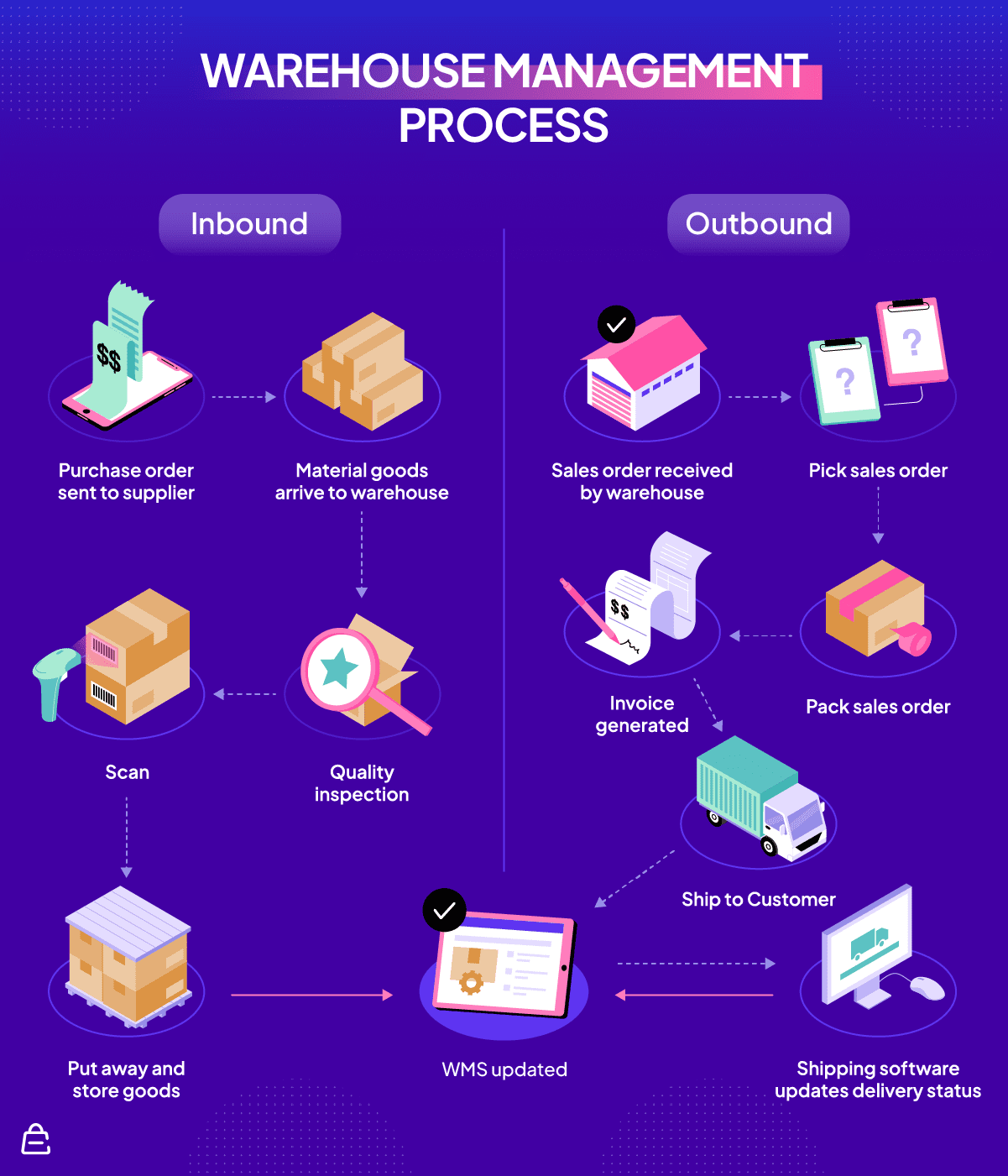
Here’s a quick overview of strategies that can help you improve your returns management and offer a better customer experience:
- Clear Return Policies: Make sure your return policies are transparent and customer-friendly with no hidden costs. This can be done by including the page on your website dedicated to the shipping policy you have with each product description. Communicate these policies to customers to manage expectations and reduce confusion.
- Technology Integration: A 3PL must use advanced technology for order fulfillment services and returns management. This can include utilizing barcode scanning, RFID systems, and inventory management software to track returned items accurately. Use advanced warehouse management systems (WMS) and track-and-trace technologies to monitor the movement of returned items within the facility. Automation in sorting and categorizing returned goods can significantly reduce processing times and minimize errors.
- Streamlined Communication: Ensure you have a clear communication channel between you as an owner, the customer, and the 3PL provider. Real-time updates on the status of returned items and resolution timelines contribute to a positive customer experience.
- Data Analytics for Insights: Use data analytics to gain insights into return patterns and reasons. Understanding the root causes of returns can help in implementing preventive measures and improving product quality.
- Warehouse Zone Planning: This is another great strategy to implement to make the returns process more efficient. Tracking inventory and fulfilling orders becomes easy with different zonal warehouses for different products. Optimize each processing center with well-defined workflows and efficient layouts. This reduces the time to assess returned items and facilitates quicker decision-making on restocking or refurbishment.
- Accurate Inventory Management: Maintaining precise inventory records is fundamental to handling returns effectively. Implement a robust inventory management system that tracks stock levels in real-time. Regular audits and cycle counts help identify discrepancies early on, reducing the chances of errors during the return process.
- Streamlined Receiving Process: Develop a streamlined receiving process that expedites inspecting and verifying returned goods. Prioritize the categorization of returned items based on their condition – whether they are eligible for resale, refurbishment, or disposal. This categorization aids in determining the most appropriate disposition method quickly.
- Flexible Warehousing Solutions: Implement flexible warehousing solutions to accommodate the variable nature of returned inventory. Designate specific areas for inspecting, repairing, and reintegrating returned items into the supply chain. Adopt a modular approach to storage that allows for quick adjustments based on the volume and nature of returned goods.
- Effective Packing Strategies: Packing plays a vital role in ensuring the integrity of returned items. Develop standardized packing procedures that prioritize the protection of goods during transit and storage. Use durable and sustainable packaging materials to reduce the risk of damage and minimize environmental impact.
- Continuous Improvement: Implement a continuous improvement mindset. Regularly review and refine the returns management process based on feedback, analytics, and industry best practices to enhance efficiency.
As an ecommerce business owner, implementing these strategies can enhance the returns management process. Focus on implementing strategies that result in a more seamless and efficient operation benefiting the business and its customers.
The Bottom Line
Selecting a 3PL partner for returns management and reverse logistics should not be taken lightly. Making an informed decision that aligns with your business objectives is crucial. Here are some primary considerations to guide you in making a strategic choice:
Your chosen 3PL should have sophisticated return management systems that create transparency, speed, and efficiency in handling customer returns. These systems should enable the automatic initiation of the returns process and further facilitate product inspection, refurbishment, and re-entry into the supply chain.
The knowledge and experience of the 3PL partner in managing ecommerce returns is significant. They should fully understand the dynamics of reverse logistics – from cost-efficiency measures and regulatory compliance to refurbishment and disposal techniques.
Choose a 3PL with proven expertise in dealing with customer transactions, possessing high professionalism, responsiveness, and dedication to customer service. They should promptly communicate with your team and customers to keep everyone informed about the return status and any changes to policies and procedures.
Flexibility and adaptability are also important features of an ideal 3PL partner. They must be able to scale up or down their services according to your business needs and market fluctuations.
